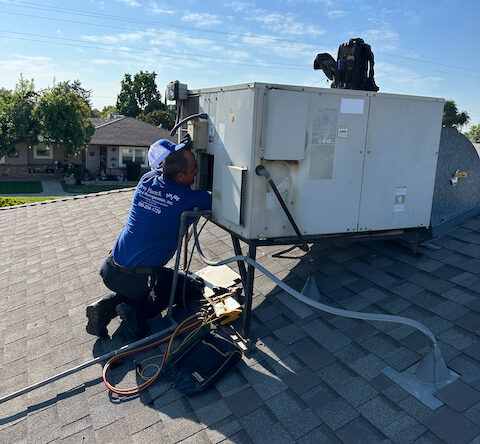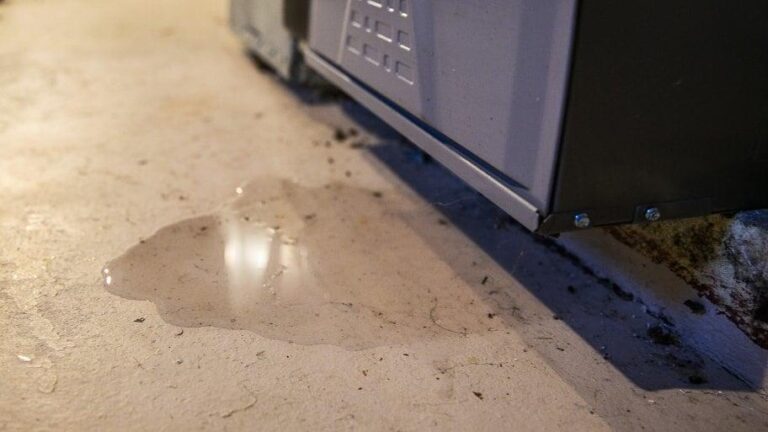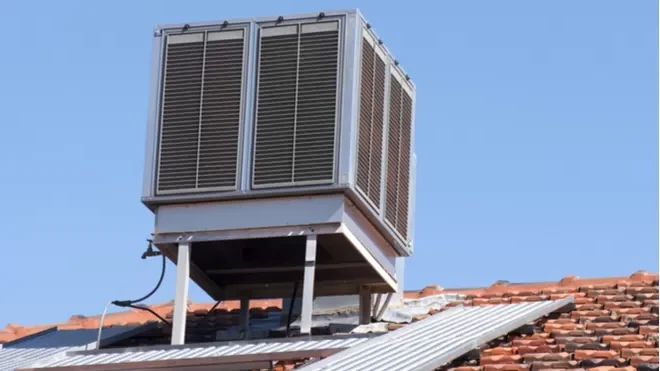A mini-split system is an excellent solution for heating and cooling specific areas of your home. Mini-split systems offer flexibility, energy efficiency, and easy installation compared to traditional HVAC units. Therefore, understanding how they work can help determine if they are the right addition to your home.
How Does a Mini Split Work?
A mini-split system uses an outdoor condenser and indoor units to control temperatures in specific areas. The indoor units are mounted in the rooms they serve, providing localized comfort. You can easily control the temperature using a remote or app. With no ductwork needed, mini splits are quickly installed without major modifications.
Advantages of Installing a Mini Split System
Mini splits are energy-efficient, avoiding energy loss from ductwork. They offer zoned cooling and heating, allowing individual temperature control for different rooms. Mini splits are flexible in design and operate quietly, making them ideal for living spaces.
When to Consider a Mini Split System
Consider a mini split if you are upgrading an HVAC system, especially in homes without existing ductwork. Older homes that lack space for ducts can benefit from this system. Mini splits are ideal for heating and cooling specific areas, offering flexibility for varying comfort needs.
Conclusion: Why Choose a Unit for Your Comfort Needs?
In conclusion, a mini-split system offers an energy-efficient, flexible, and convenient solution for targeted heating and cooling needs. Its ability to provide zoned comfort makes it ideal for homeowners looking to control temperatures in specific areas without the complexity of ductwork. Moreover, the flexibility in design, quiet operation, and ease of installation make it an appealing choice for enhancing home comfort. With these advantages, investing in a mini-split system can significantly improve your home’s efficiency and ensure personalized comfort throughout the year.
Contact Steve Patrick Air today at 559-224-1729 to learn more about these systems and find out if they are the right fit for your home.
Learn more about financing here.






